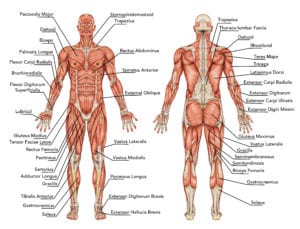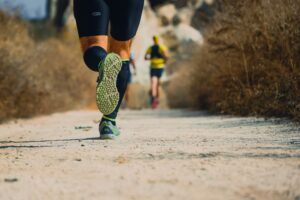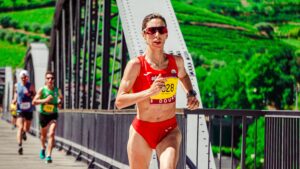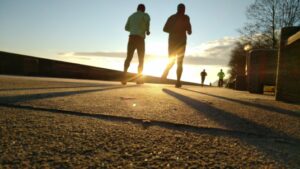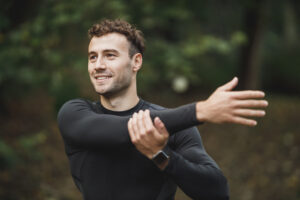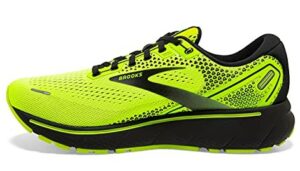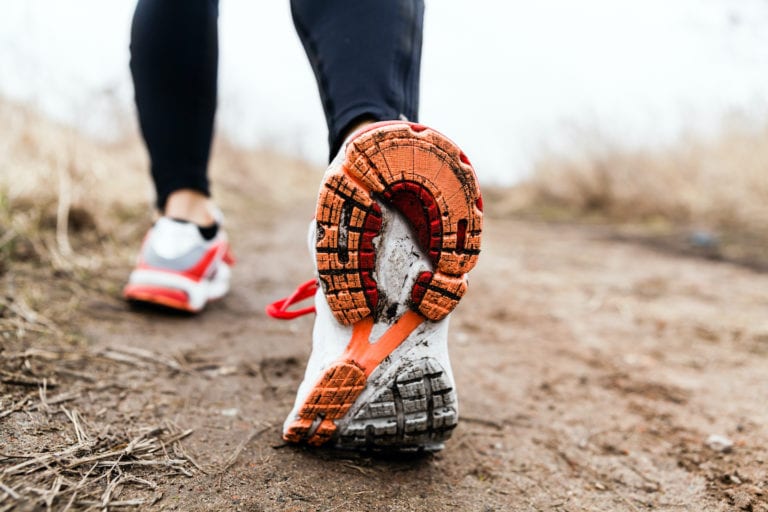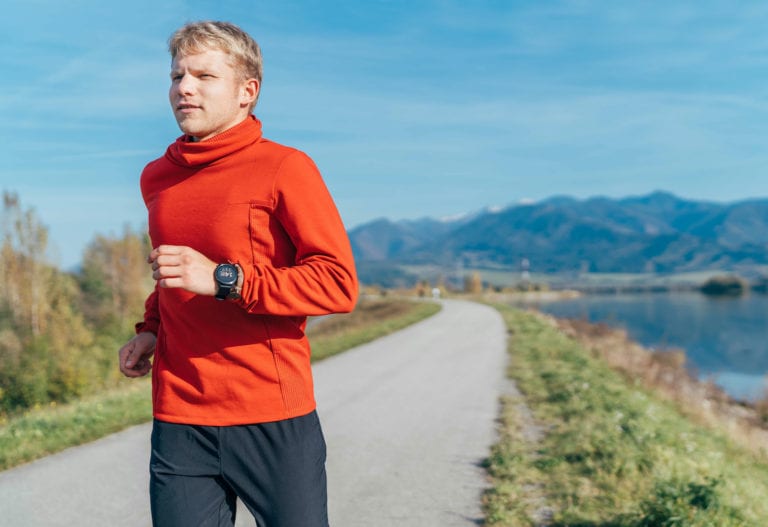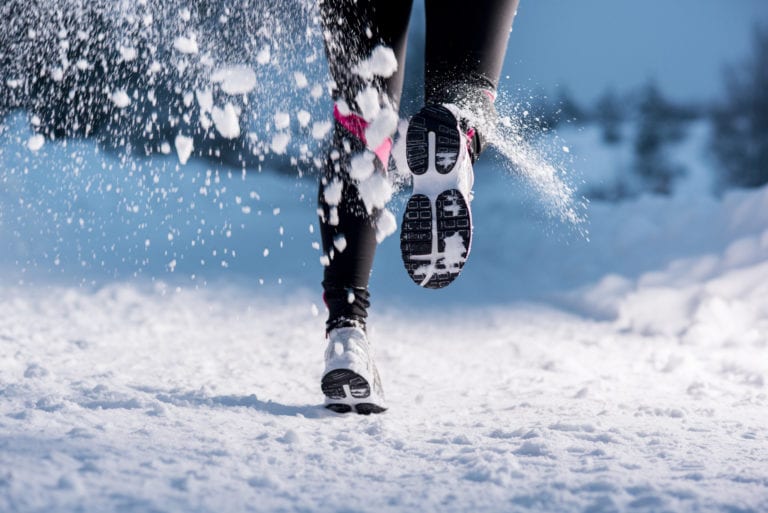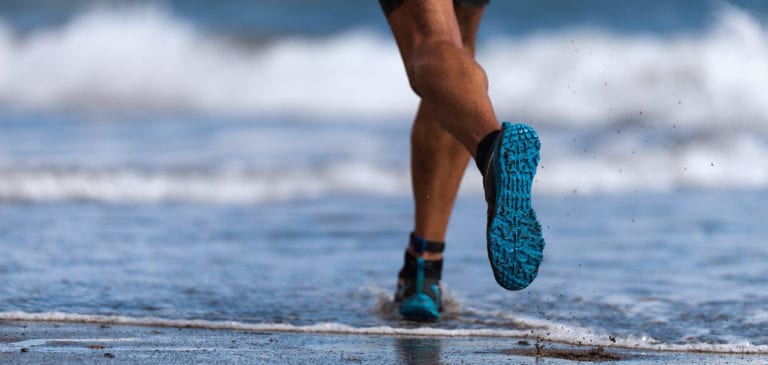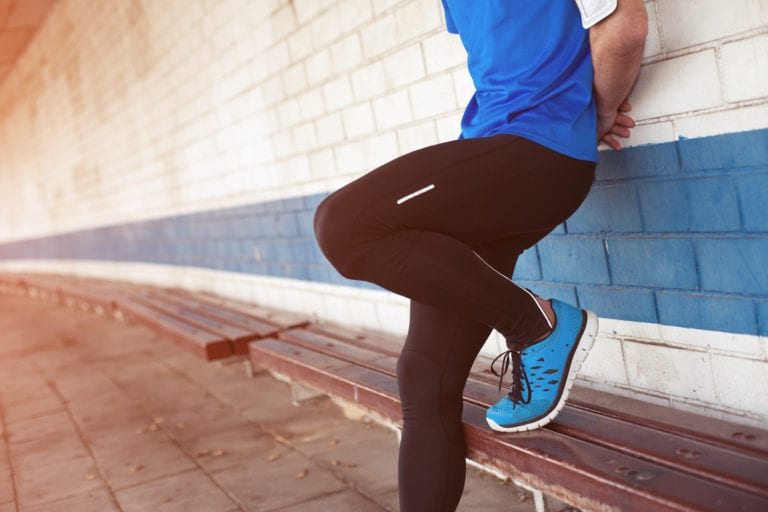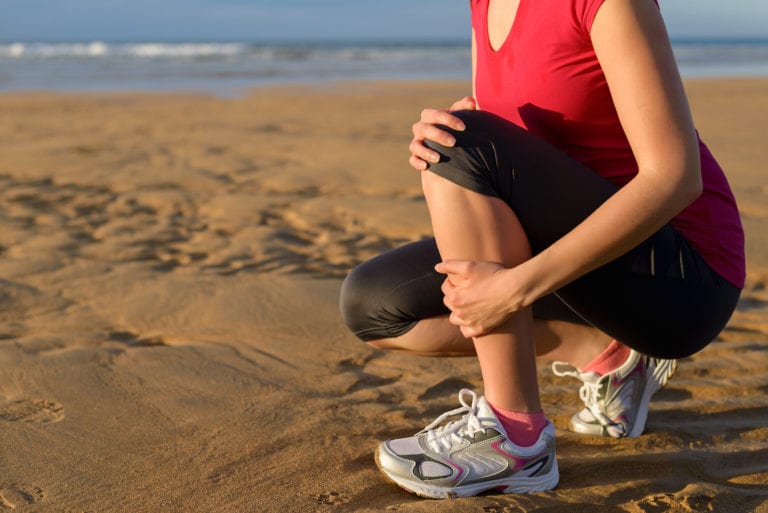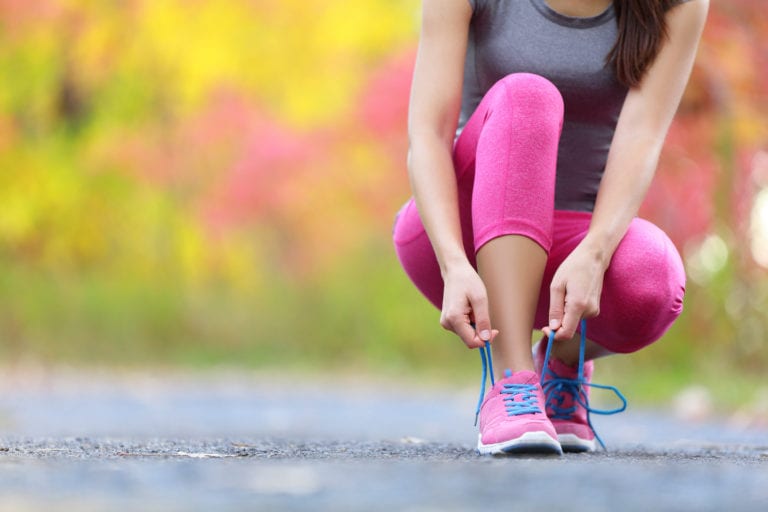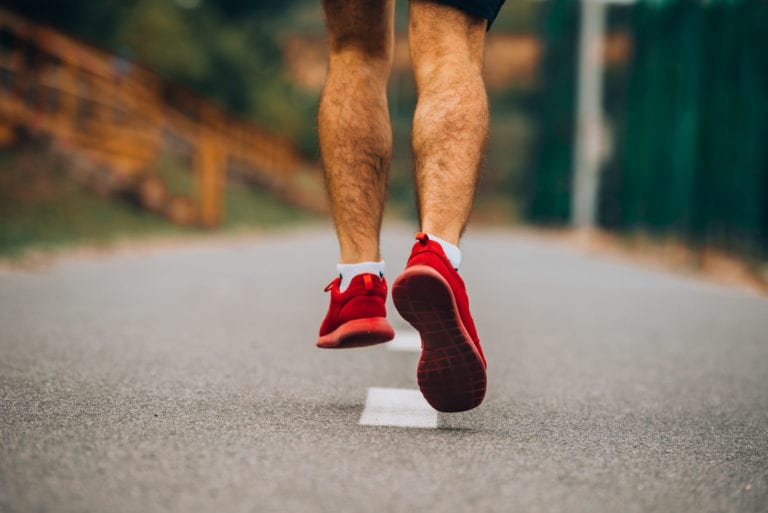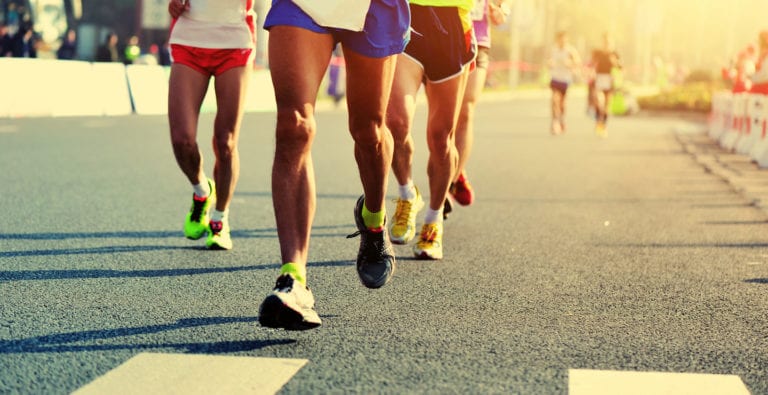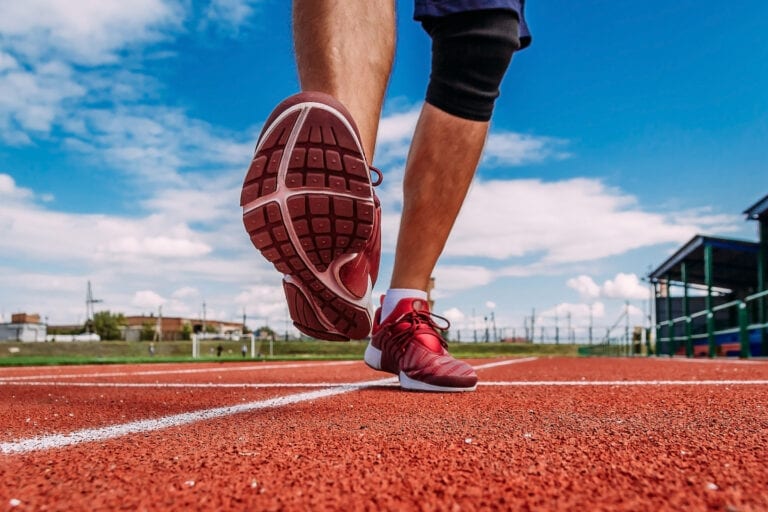The world of running – professionally or for leisure – is benefitting more and more from sophisticated data and the ability to capture all sorts of information about our form, speed, endurance, and more. Running cadence is one of these metrics and arguably an element of your running that can make a difference in your performance.
What is running cadence, why should you care about it and how can you train to improve it? While some naturally gifted runners have an innate efficient running stride and cadence linked with it, for many it can be a great tool to get better at running quicker and fatiguing less.
Read on to learn the definition of running cadence, how knowing about your stride rate and your running metrics can benefit your performance, what you need to use to get accurate data and how you can train to run faster and stronger.
What is Cadence in Running?
Firstly, let’s look at the definition: running cadence – also known as stride rate – is the number of steps per minute (SPM) you take as you run.
This metric is linked with your speed, but having a higher cadence doesn’t necessarily mean you’ll be a better runner. In fact, running speed is influenced by both cadence and stride length. Each, in turn, can be influenced by your body composition, your weight, your height, and type of workout you are doing at any given time.
Here is how speed is affected by cadence:
Running speed = running cadence (SPM) x stride length
Having a higher cadence is considered by many coaches to be an indicator of good running form, and this is especially true for track athletes. However, everyone has a natural cadence and will normally tend towards running that way, especially as fatigue sets in for a distance runner. This is why – although there are advantages to shortening your stride, taking quick steps and therefore increasing your running cadence – this is not necessarily a must-do for all runners.
Why Does a Quicker Cadence Matter?
At the 1984 Olympics, running coach Jack Daniels measured elite runners’ cadence and came up with the number of 180 steps per minute as the ideal we should strive towards. This means that each foot would hit the ground 90 times per minute to achieve optimal cadence.
In time, however, as measures and studies have evolved around professional and recreational running, the question has been raised of whether a faster cadence means you are a stronger runner. Today, we find there is wider acceptance of the fact that, ultimately, runners have a natural cadence that depends on a whole host of factors.
So, is there any benefit of improving your cadence? Studies indicate that taking quicker steps and reducing your ground contact time makes you more efficient and reduces the impact of running on your joints. Either from heel striking, over-locking the knees, landing inefficiently or hitting the ground with too much force, a low running cadence presents risks for your health even as a recreational runner.
Heel striking and risk of injury
If you have a low cadence, seen usually with a taller runner, you could be overstriding, which in turn means that you extend your legs out far, locking your knees and striking the ground with your heels. This is bad news for your knee joints, but heel striking can also make you prone to injury, according to a Harvard University study. The latter showed that heel striking cross-country runners had twice the rate of mild to moderate repetitive stress injury than forefoot strikers across one year of training.
Additionally, there are connections between injuries to the knee and heel striking. However, injury risk exists in forefoot strikers as well, so this all depends on your style of running and also other health issues.
Landing and efficiency
Those runners who have an extended stride and a low cadence usually land with their feet in front of their hips, which leads to an inefficient running form. By increasing your cadence and practicing fast feet when running, your landing will naturally change so your feet are always just under your center of gravity. As a result, your stride length will decrease and your turnover will increase. This leads to faster movement and less energy wasted moving up and down. Instead, your body will be more focused on moving forward and your speed will increase.
Hitting the ground with force
Slow cadence runners hit the ground with significantly more force, landing for longer and exhibiting a long ground contact time. Consequently, especially on tarmac, this pounds your body and especially your joints a lot more, leading to more danger of injury over time.
Although all these possible disadvantages of a low cadence have been observed objectively, through studies and runner injuries, it appears that your step frequency doesn’t correlate directly with injury risk or necessarily with a better performance in running races. While an improvement in running cadence can lead to better running for many athletes, it is definitely not the sole factor to work on to get better results.
How To Measure Your Step Rate
Improving your step rate is contingent upon having the right tools to pay attention to cadence. In recent years, several tools have been developed that can help runners watch their cadence and monitor increases in step rate. Here are some options:
- Manual counting. Simply count the times your feet hit the ground within 60 seconds when you’re out for an easy run. It’s easier to do this when you perform a recovery running session rather than during intervals, as you’ll be more rested and aware of your step frequency. Choose this recovery session as a benchmark, then use it to monitor changes in your cadence over time.
- Use a running watch. Most running watch brands, from Polar to Garmin and beyond, now record cadence during your runs. This will be displayed at the end of your session and you may have the option to also personalize your data screens while running, so you can get a view of live cadence. However, the latter is not particularly reliable unless you’re running on extremely flat and even terrain or on a track. Otherwise, variations will naturally occur across the terrain you’re running on, and they won’t be shown immediately on your stride count on the watch. Besides, it’s probably safer to keep your eyes on the road or trail and not on your watch!
- Other running widgets. There are a few other running dynamics sensors on the market that can help track your cadence. These range from add-ons from recognized running watch manufacturers, such as Garmin’s Running Dynamics Pod, to specialized tools like the Stryd Power Meter. You can get other metrics such as vertical oscillation, ground contact time, and more, to help guide you in quantifying your running technique.
Finally, working with a running coach or joining a running club can be beneficial, as it will allow you to be evaluated by an outside party when running. Often, a visual assessment of your running form can provide important information on your foot strike, balance, upper body positioning, and more. These are all useful things to look at when improving your technique, beyond focusing simply on cadence.
Training For Proper Running Technique
Once you’ve accurately measured your running cadence and/or identified the need to improve it, there are a few drills and exercises you can use to help you improve your stride rate. Moreover, and perhaps more importantly, there are a number of other ways to hone your running technique and improve your running performance overall.
Running Cadence Drills
Doing some drills before your interval training sessions, after you’ve warmed up, can help develop muscle memory and get in the habit of running with proper technique. Here are some examples of drills that can help with stride rate.
- Butt kicks. As you run, adjust your stride so your heels aim to touch the bottom of your glutes. Do this for 20-30 repetitions, fast. This exercise also improves the flexibility in your hip flexors and quads.
- A-Skip drill. This is a great exercise to improve mid-foot landing and activate your calf muscles. Do small skips while bringing your knees up to a 90-degree angle in front of you, as per this video.
- Fast feet drill. To improve ground contact time, add a fast feet drill to your warm-ups. This does what it says on the tin: reduce the amount of time your foot lands, by moving quickly in the space of 20-30 seconds at a time.
- High knees. A simpler form of the A-skip drill, this is your classic gym class drill where you run bringing your knees high up in front of you. This drill helps with mid-foot landing and also reduces your ground contact time, while activating your hamstrings and quads before an interval session.
Other options for focusing on your running cadence include running to a tempo – with a metronome or to music. This involves identifying the ideal cadence you wish to aim for and then running to a tempo that replicates this cadence, by listening to music with the same beats per minute as your desired step rate or setting a metronome app on your phone or watch to that specific BPM.
All things considered, however, there are many types of runs you can do instead of focusing narrowly on running cadence, which will benefit your technique and improve your speed. Consult our article on running faster for some ideas on interval training to speed up your workouts. For best results, also consider some other metrics which will give you a good point of reference to measure your running:
- Rate of perceived exertion. Running based on your perception of effort involves listening to your body, becoming more aware of how different speeds impact you, and taking a more holistic approach to running performance. You can keep track of RPE in fitness apps or the old-fashioned way, in a spreadsheet.
- VO2 Max. Another great way to track progress over time and show how well you’re improving, especially when running at higher speed. Modern running watches calculate it for you based on your speed and heart rate, so it’s an easy metric to obtain and track.
- Heart rate levels. Training by heart rate zones is a very efficient way to ensure you have variety in your sessions, from easy runs to hard interval sessions, and it’s another easily measurable way to track fitness and inform your training planning. With the use of a heart rate belt linked to your running watch, this information is easy to obtain and you don’t need to be calculating or counting anything!
Running Cadence Is a Useful Metric – But Not the Only One You Should Measure
All in all, monitoring your running cadence and being aware of changes in stride rate depending on your fatigue, where you are in your training cycle, or your health, is a useful way to analyze your running form. And there is good evidence to suggest that an increase in cadence can be beneficial to reduce the risk of injury and improve running economy. However, cadence isn’t the only important metric in running and should not be used or analyzed in isolation, nor should you be focusing on it at the expense of other training elements which yield tangible benefits to your running performance.

